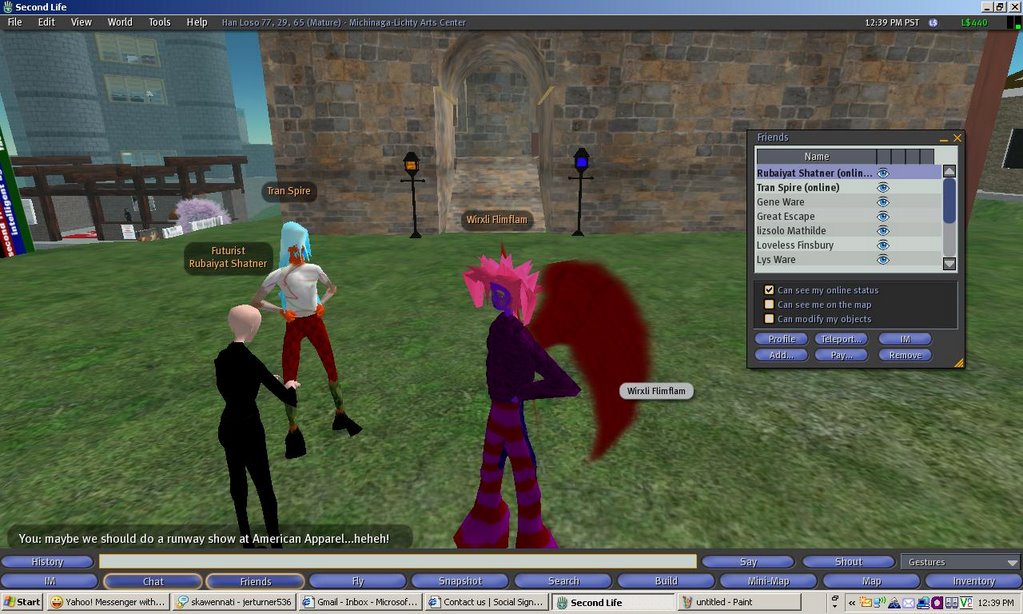Be Nice – A Speech Recognition Device
Timeline:
[101017] – Proposal & First Prototype
[181017] – Initial Wiring
[201017] – Input Speech & Output LED
[231017] – Speaker Test & Output Synthesizer (this post)
[061117] – Soldering & Final Paper Prototype
[141117] – Laser Cutting & Assembling
[161117] – Finalizing
[171117] – Final Project Documentation
< Process – Speaker Test & Output Synthesizer >
The main aim of this round of progress is to really get the speaker to work and get an output out. Continue reading [Interactive Devices] Be Nice – Process III (Speaker Test & Output Synthesizer)
![[Interactive Devices] Be Nice – Process III (Speaker Test & Output Synthesizer)](https://oss.adm.ntu.edu.sg/putridin001/wp-content/uploads/sites/343/2017/10/Untitled-1-2-825x510.jpg)
![[Interactive Devices] Be Nice – Process II (Input Speech + Output LED)](https://oss.adm.ntu.edu.sg/putridin001/wp-content/uploads/sites/343/2017/10/Untitled-1-1-825x510.jpg)
![[Interactive Devices] Be Nice – Process I (Initial Wiring)](https://oss.adm.ntu.edu.sg/putridin001/wp-content/uploads/sites/343/2017/10/Untitled-1-825x510.jpg)
![[Internet Art & Culture] Final Project – Technical Test I](https://oss.adm.ntu.edu.sg/putridin001/wp-content/uploads/sites/343/2017/10/giphy-2.gif)
![[Internet Art & Culture] Research Critique – Second Front](https://oss.adm.ntu.edu.sg/putridin001/wp-content/uploads/sites/343/2017/10/isentopm2-825x510.jpg)

![[Interactive Devices] Device of the Week IV – Somnox](https://oss.adm.ntu.edu.sg/putridin001/wp-content/uploads/sites/343/2017/10/somnox-render-parallex-825x510.jpg)

![[Internet Art & Culture] Research Critique – JenniCam](https://oss.adm.ntu.edu.sg/putridin001/wp-content/uploads/sites/343/2017/10/2-2-825x510.jpg)
![[Internet Art & Culture] Co-Broadcasting First Trial](https://oss.adm.ntu.edu.sg/putridin001/wp-content/uploads/sites/343/2017/10/Screen-Shot-2017-10-19-at-9.14.28-am-825x510.png)
![[Interactive Devices] Individual Presentation – Museum Devices](https://oss.adm.ntu.edu.sg/putridin001/wp-content/uploads/sites/343/2017/10/Screen-Shot-2017-10-18-at-1.41.29-pm-1-825x510.png)
![[Internet Art & Culture] Final Project – Ideation](https://oss.adm.ntu.edu.sg/putridin001/wp-content/uploads/sites/343/2017/10/livestream1-825x510.jpg)